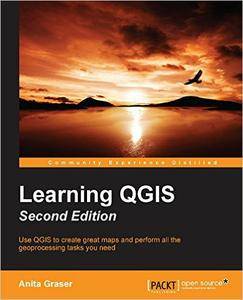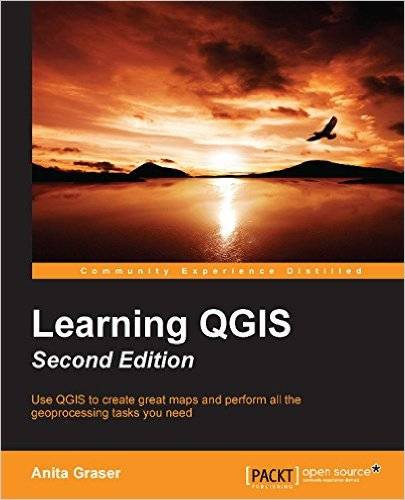Learning QGIS Second Edition by Anita Graser
English | Dec 5, 2014 | ISBN: 1784392030 | 156 Pages | AZW3/MOBI/EPUB/PDF (conv) | 23.3 MB
English | Dec 5, 2014 | ISBN: 1784392030 | 156 Pages | AZW3/MOBI/EPUB/PDF (conv) | 23.3 MB
The popularity of open source geographic information systems, and QGIS in particular, has been growing rapidly over the last years. Highly configurable programmable environments are often preferable for those who need to be able to precisely reproduce and distribute their work. QGIS is the best and most user friendly GIS tool in the free and open source software (FOSS) community. Learning QGIS Second Edition helps you ensure that your project is a success. It ensures that the first impression of your project is a great impression! QGIS is the most preferred open source GIS and a viable alternative to proprietary software, ArcGIS. It runs on Linux, Unix, Mac OSX, Windows and Android, and supports numerous vector, raster, and database formats and functionalities.
This book will introduce you to QGIS 2.6 geospatial data analysis and you'll learn how to build geospatial apps. It allows you to understand, question, interpret, and visualize data in ways that reveal relationships, patterns, and trends in the form of maps. The book starts with installing and configuring QGIS. You will learn to load and visualize existing spatial data and perform common geoprocessing and spatial analysis tasks to automate them. You will then acquire the skills you need to achieve great cartographic output and print maps. Finally, you will extend QGIS by creating your own plugin using Python.
Use QGIS to create great maps and perform all the geoprocessing tasks you need
About This Book
Load, visualize, and edit vector and raster data
Create professional maps and applications to present geospatial data
A concise guide, packed with detailed real-world examples to get you started with QGIS
Who This Book Is For
This book is great for users, developers, and consultants who know the basic functions and processes of GIS but want to learn to use QGIS to analyze geospatial data and create rich mapping applications. If you want to take advantage of the wide range of functionalities that QGIS offers, then this is the book for you.



